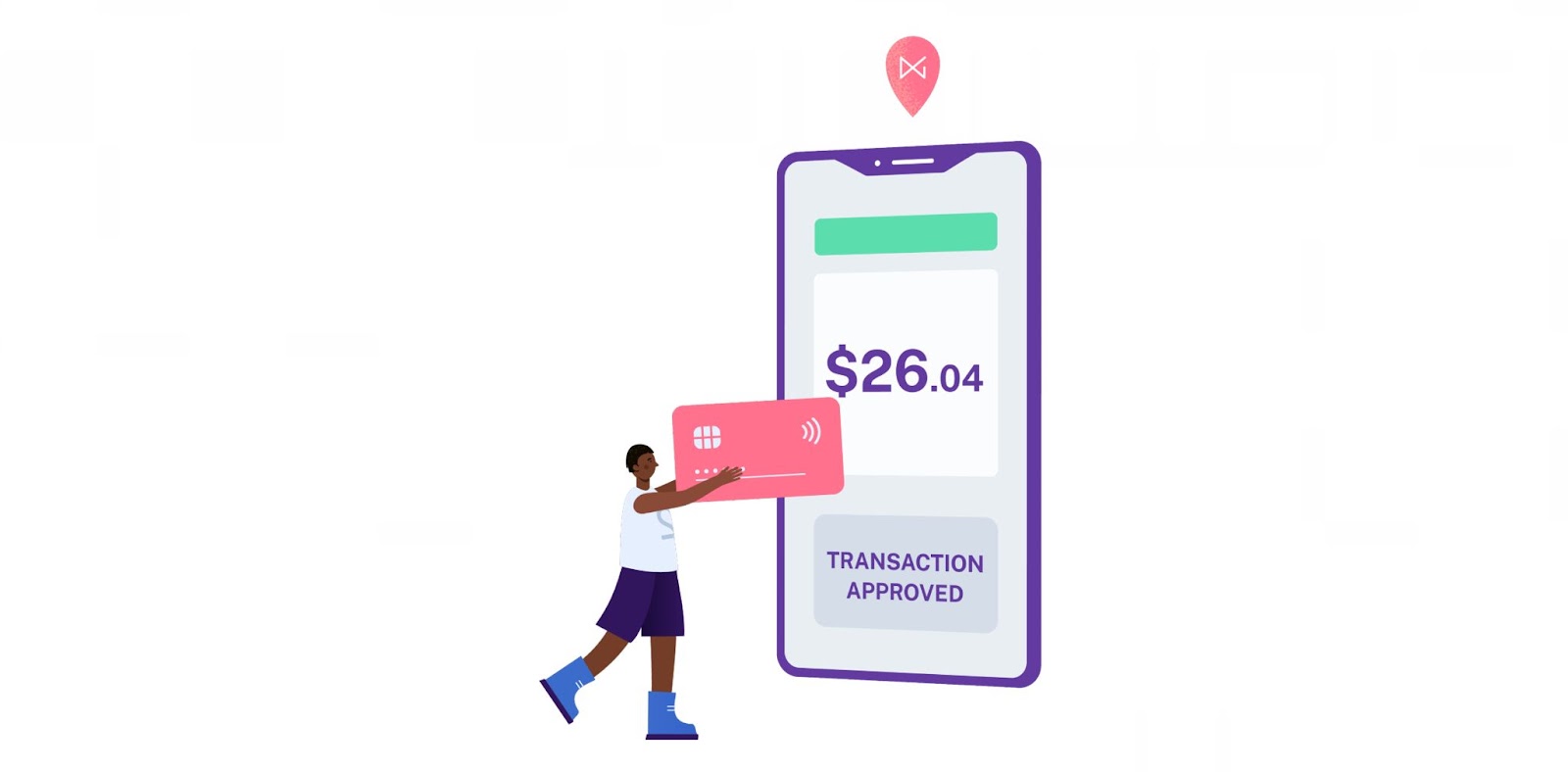Adding a surcharge to credit card transactions has been commonplace for more than a decade; the practice was legalized across most states (with the exception of Connecticut and Massachusetts) in early 2013. By charging up to 4% of the total purchase price, surcharges help merchants cover the cost of payment processing and interchange fees.
However, at the beginning of 2023, a major card brand announced it would reduce its surcharge limit from the legal standard of 4% down to only 3%.
Although a single percentage point would seem to have a minimal impact on businesses, merchants (and their payments partners) are concerned that they will not be able to recover the cost of processing fees if the limit is lowered. This is especially true for small and medium-sized businesses (SMBs) that rely on surcharges to maintain profitability. If they can’t add a high enough surcharge to transactions, they will have to cover processing fees out-of-pocket.
How Will a Surcharge Cap Affect Merchants?
According to a recent study published by the Nilson Report, in 2022, merchants paid $126.35 billion in processing fees to accept credit card transactions – a 20% jump from 2021.
The interchange fees for card brands vary depending on the type of card and transaction but can cost anywhere from 1.4% to 2.5%. In addition to card fees, merchants must cover additional costs associated with payment processing, such as authorization and transaction fees, which bring the average price of credit card acceptance to 3% or higher.
With new surcharge limits, merchants are finding themselves in a challenging position. They will lose revenue if they cannot cover the cost of credit card acceptance. On the other hand, if they do not accept cards altogether, they will lose a significant portion of their customer base.
As NMI CEO Vijay Sondhi pointed out in a recent interview, merchants don’t like paying interchange fees but understand that they are an unavoidable expense. Because most consumers prefer to pay by card, credit card acceptance is necessary for merchant success.
How Will a Surcharge Cap Affect ISOs?
Unfortunately, new surcharge limits will also impact independent sales organizations (ISOs) facilitating payment processing for merchant clients. ISOs must now decide whether to lower their fees to help merchants recover costs or continue to charge their current rates. For most, margins are slim as-is – making this dilemma the difference between being profitable and going into the red.
In addition, some leaders in the payments space are concerned that, as payment facilitators, ISOs may be liable for any compliance failure fines incurred by the merchants on their platforms. With the penalty for a first offense reportedly set at $5,000, ISOs could quickly find themselves in trouble if multiple merchants are charged.
Thankfully, many major card networks have not indicated that they will be lowering their surcharge limits anytime soon.
Conclusion
Our CEO recently sat down with Payments Dive Lead Editor, Lynne Marek, to discuss consumer payment preferences and merchant sentiment toward interchange rates and changing fee structures.
To learn more about changes to industry surcharge caps, read the full article here: https://www.paymentsdive.com/news/visa-processors-payments-isos-surcharge-legal/647456/
To learn more, reach out to a member of our team today.




